US Navy Uniform Profile
Officer's Aviation Winter Working Uniform
(1941-1945)


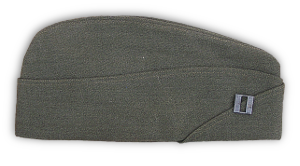
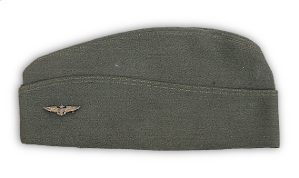
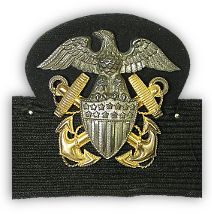
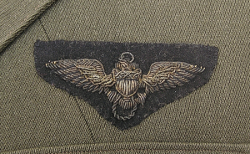
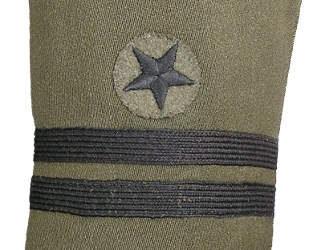


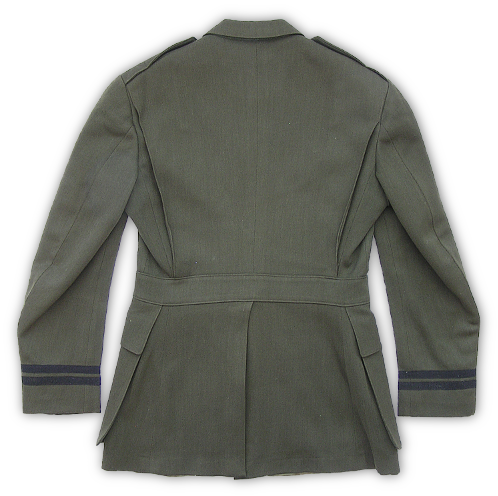
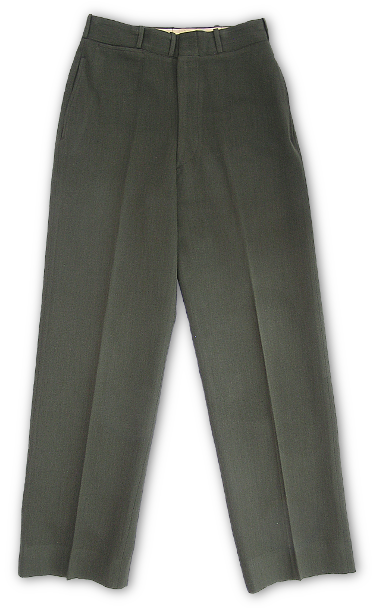
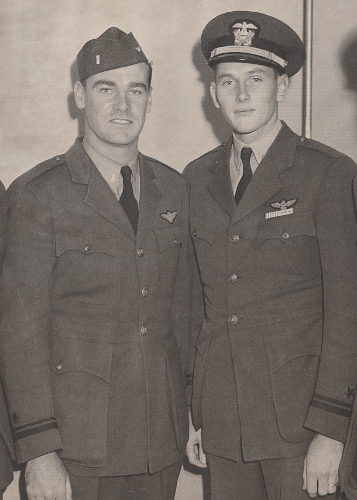
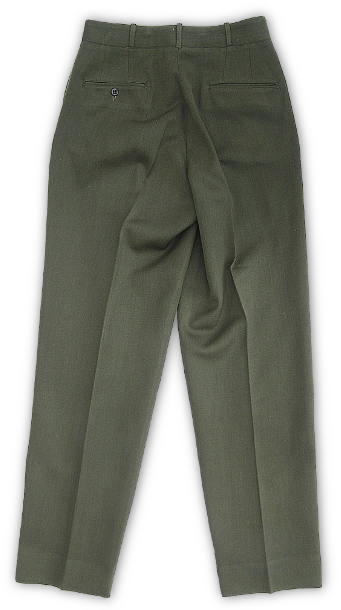
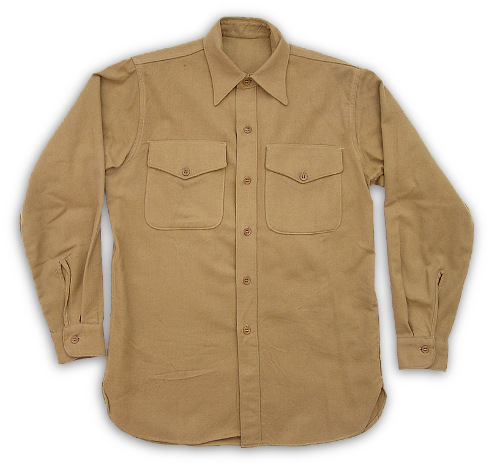
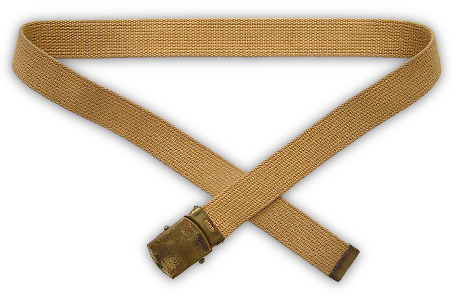
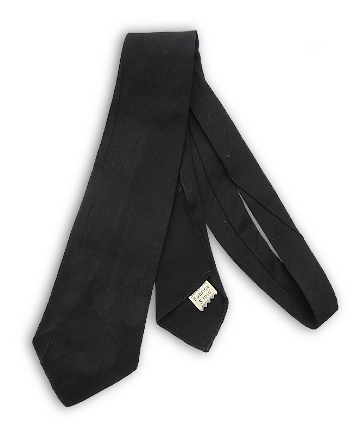

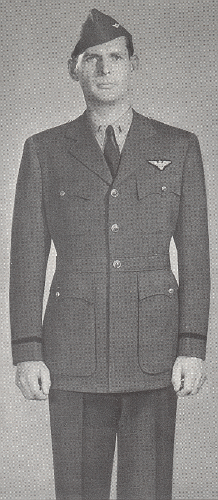
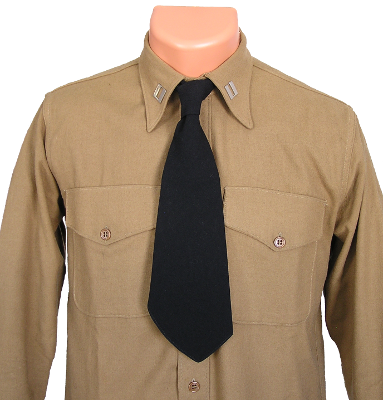
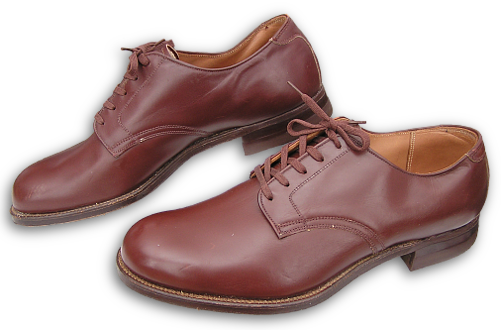
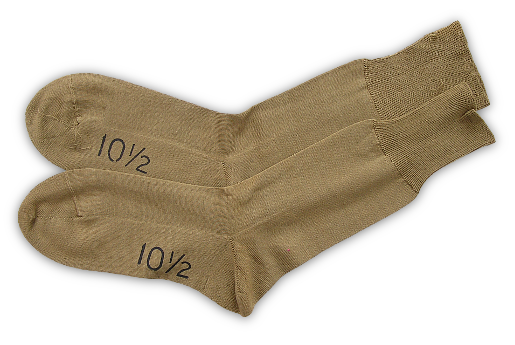

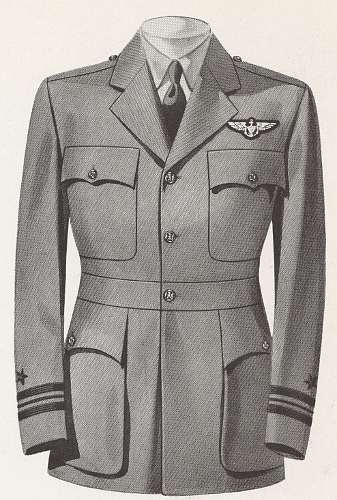
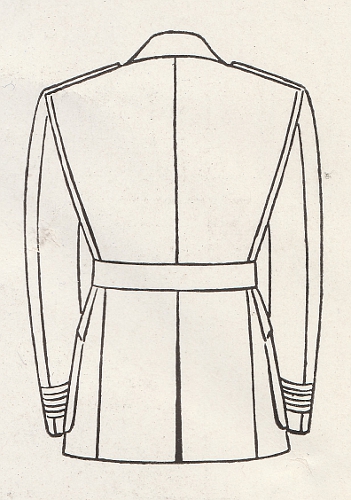
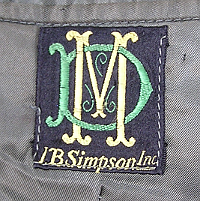
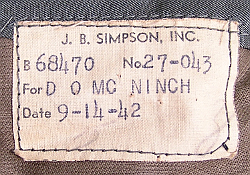
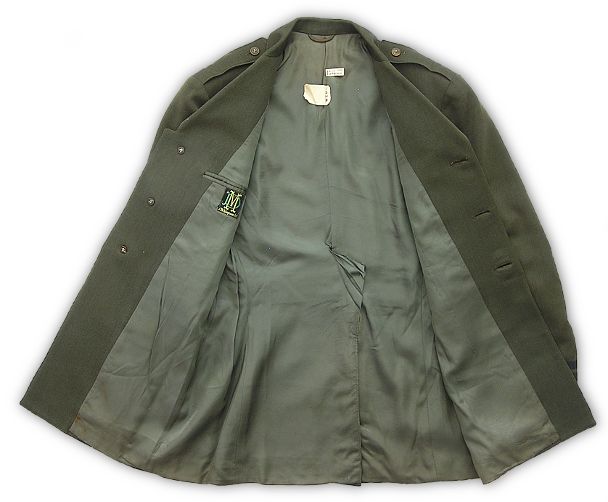
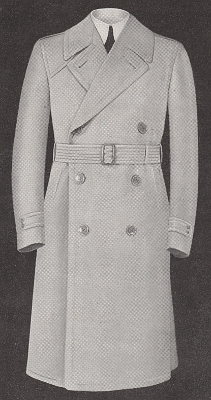
Aviation Winter Working Uniform
The green aviation work uniform was worn by officers and chief petty officers assigned to aeronautical units. First authorized in 1917, the uniform went through a number of changes before arriving at the pattern used during the WW2 period. It remained in service for a remarkably long period of time being used almost continuously until 2011. It was a wool uniform designed for cool weather conditions and wear was generally restricted to bases and installations while carrying out work assignments. The color of the aviation winter uniform was officially referred to as forestry green and during the WW2 period was the same color as US Marine Corps Officer's winter service uniform. Aviation greens, for the most part, were made up in 18 ounce wool Elastique; however, gabardine, whipcord, serge, and kersey were also used on occasion. A popular fabric at the time, wool Elastique had resilient qualities that made it ideal for use in sportswear and military uniforms.
Being designed for work, the uniform was cut to allow for comfort and freedom of movement. Accordingly, the coat featured a bi-swing back, a rear skirt vent extending to the belt line, and had bellows lower pockets of generous proportions. The trousers featured a roomy rear-end and crotch allowing for easy bending and stooping. Not lacking style, the coat included a distinctive two-inch wide belt sewn around the waist, a roll collar, and notched lapels; features that gave the outfit a fashionable and sharp appearance despite its intended use for work duties.
Coats were made with either a full or partial rayon lining. The front of the coat was closed by three buttons of traditional Navy design and featured a dark bronze finish. Rank and branch of service insignia were displayed on the lower sleeve. Aviation wings were worn on the left breast above the pocket and were typically the metallic or gilt thread type. It should be noted that aviation wings were originally bright gold in color but due to their metallic content most have tarnished over time and no longer display the vibrant, reflective colors intended.
Two types of caps were worn with the uniform including a foldable, envelope-style garrison cap used for overseas assignments and the traditional peaked visor type. Insignia was worn on both sides of the garrison cap; a miniature rank insignia on the right, front and a miniature set of aviation wings on the left, front. The visor cap badge could be either a metallic, screw-on type or be made of metallic wire thread and sewn in place. Bullion cap insignia, like aviation wings, tend to tarnish over time losing much of their original brilliance.
A khaki colored shirt was worn with this uniform along with a black necktie. Shirts could be wool, flannel, or cotton depending on the weather. Neckties could be wool, silk, or other synthetic materials. Miniature rank insignia was to be worn on each side of the shirt collar. The trouser belt was also khaki color and of the web type with a gold sliding buckle. The prescribed shoe was brown and of the standard Navy high or low design and were to be worn with socks that were either tan or brown. For additional protection in cold and wet weather, a khaki overcoat could be worn over the winter aviation uniform. This overcoat was to be constructed of weather-proof gabardine and was also equipped with a storm flap behind the front closure. It was double breasted with three rows of khaki colored buttons across the front; it had a convertible collar with shoulder loops; came slightly below the knee in length and had a loose belt around the midsection.
Aviation green working uniforms were produced and sold by numerous clothing manufacturers and retailers across the country who generally attached their unique labels to the inside of the garments. Officer's were responsible for purchasing their uniform with the clothing allowance they were allotted. These uniforms were also made available under the Naval Officer's Uniform Plan in which case a label would be attached stating "Regulation U.S. Navy Uniform". This program established a network of official distributors and retailers of Navy uniforms under direct supervision of the Navy. Uniforms sold through this program had to adhere to navy regulated specifications, production standards, and pricing.